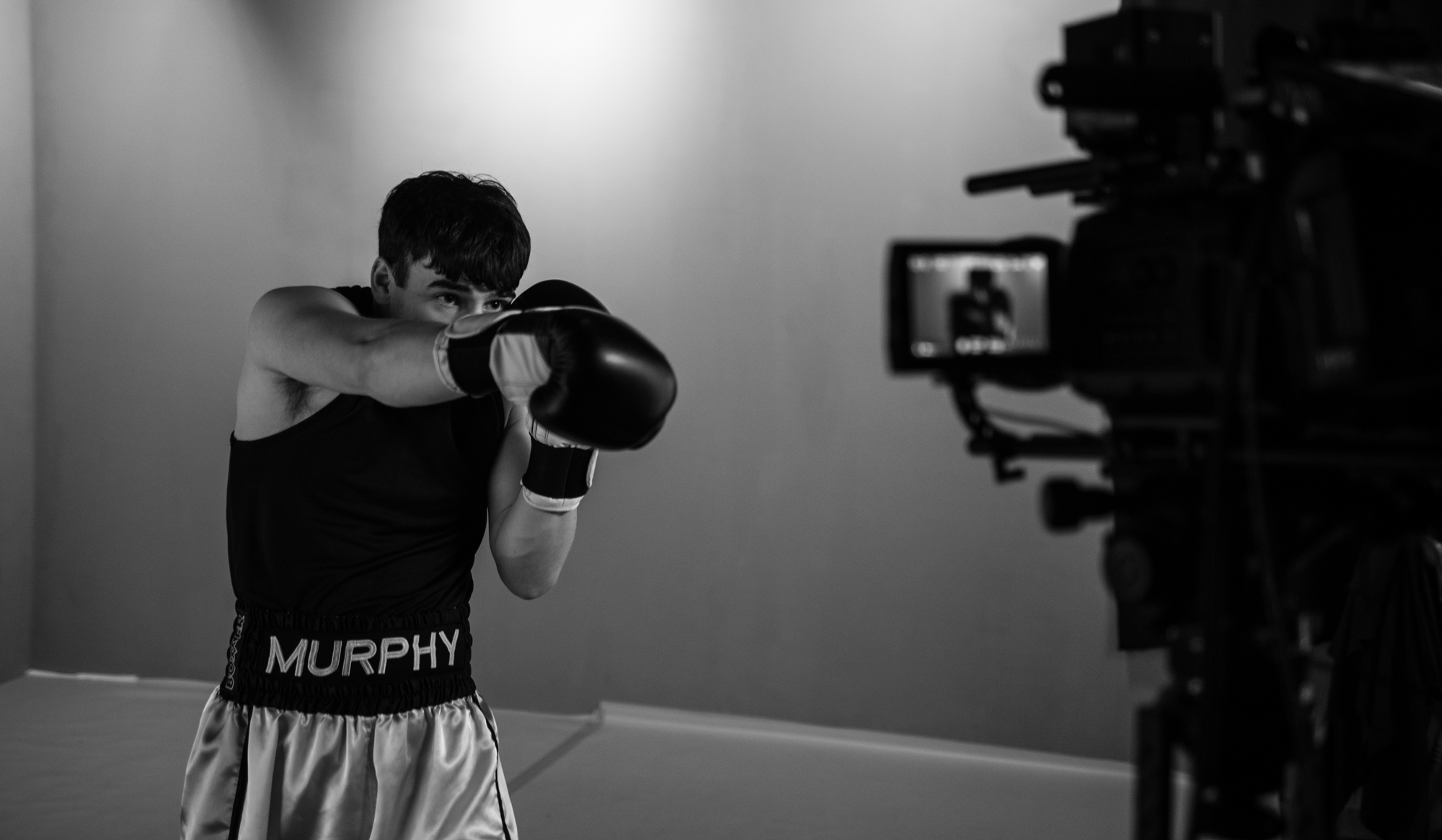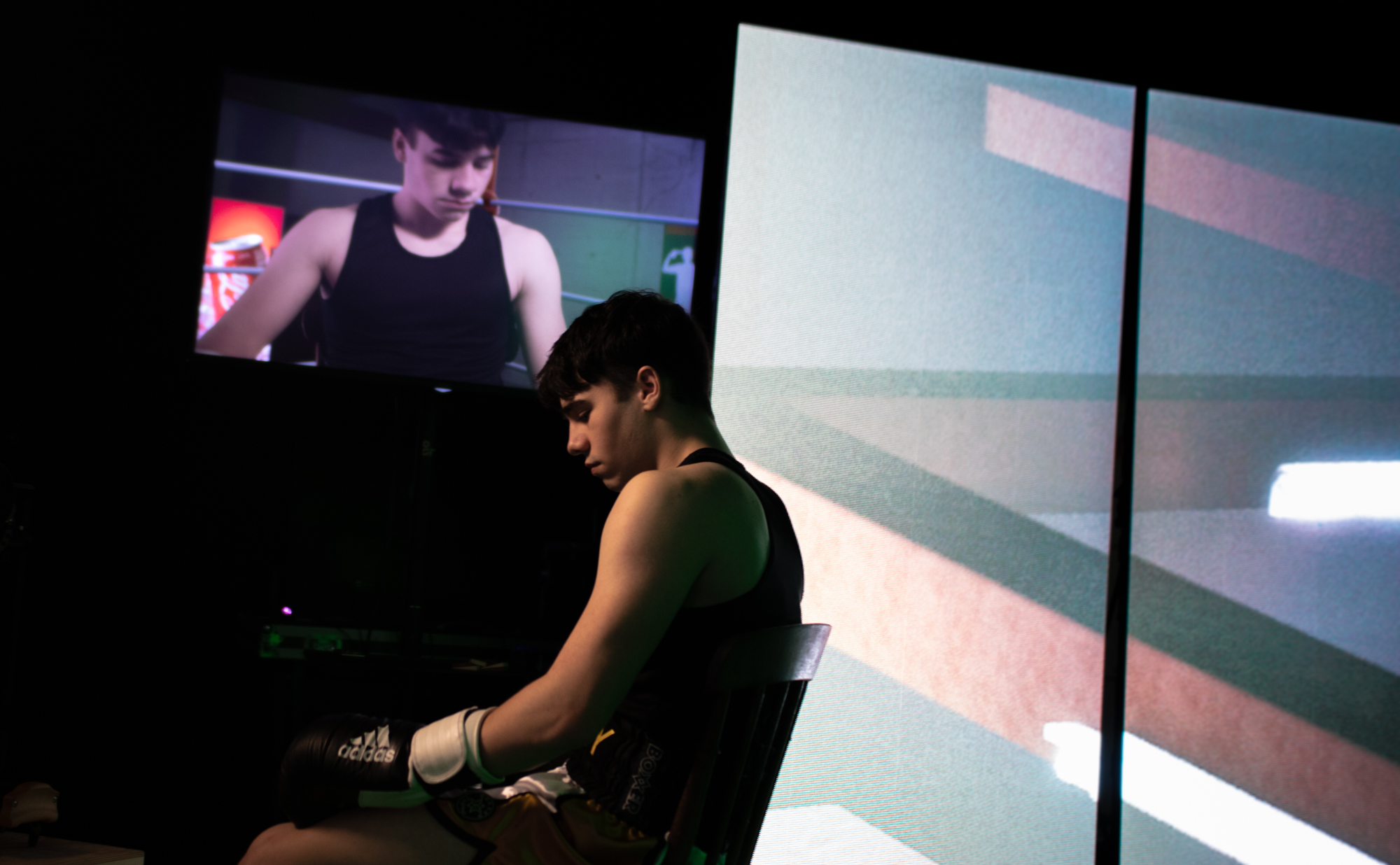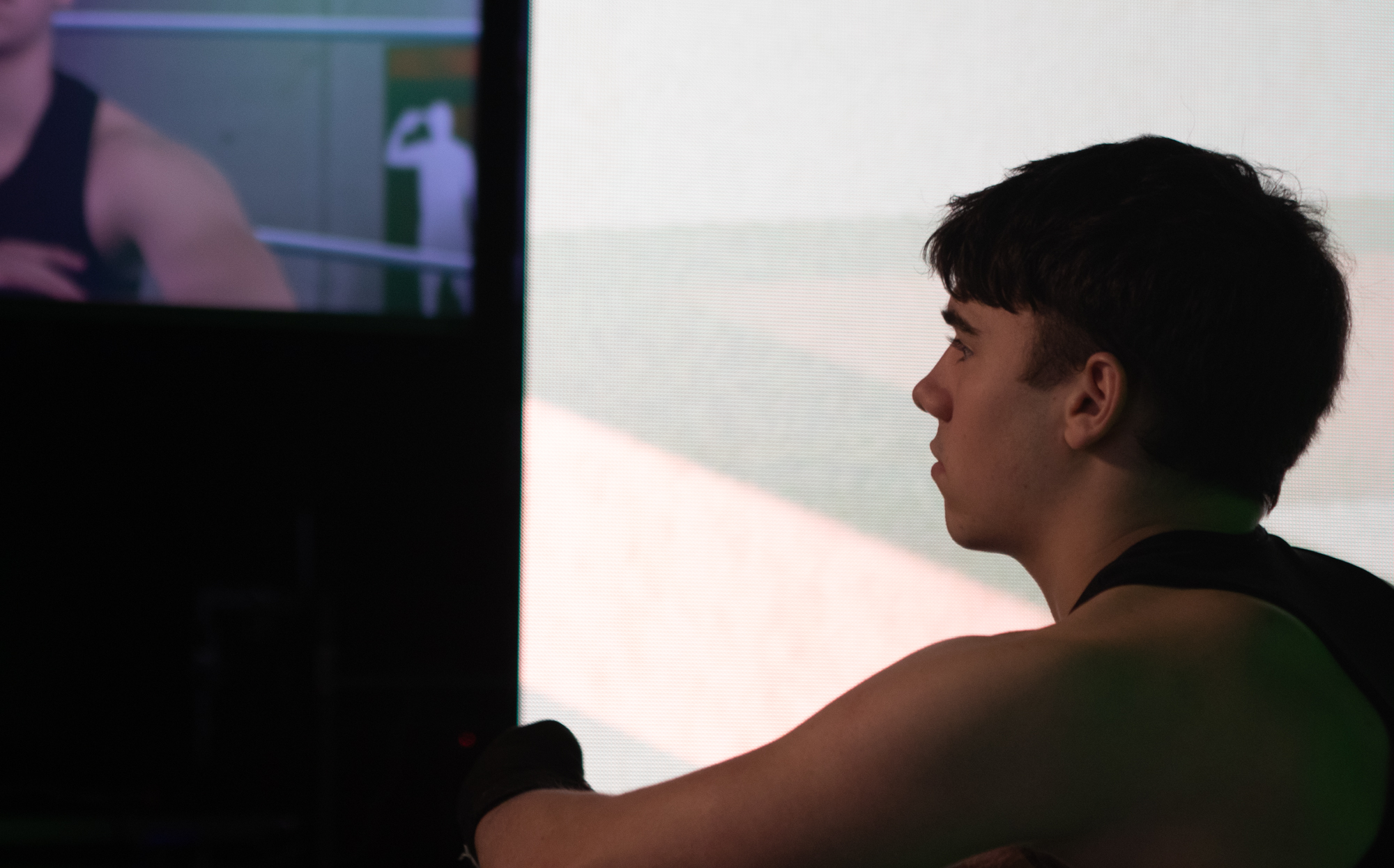Virtual production is on the rise. From the prototype lighting volume of Gravity to occasional use on studio features like Murder on the Orient Express to video simulation of a moving train on HBO drama Run, the versatility and verisimilitude of virtual sets seems to be consigning green screen to history.
As virtual production goes mainstream, we learn what it takes to set up a studio, what equipment you’d expect to find and the reality of day-to-day operations.
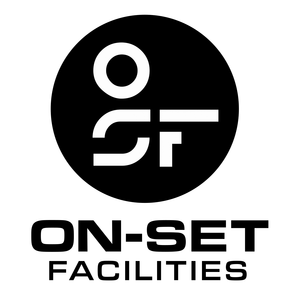
NAB Amplify talked with Asa Bailey, Virtual Production Director, On-Set Facilities (OSF), to find out more. OSF develops VP technology, provides studio and stage design, on-set training and production support. Seeing growth and investment in 2020, today the British technology company claims to develop the world’s most powerful interoperative real-time computer systems for virtual production and real-time VFX, both on-set and in the cloud.
Virtual production seems to be high cost and highly complex and therefore the preserve of big budget shows like The Mandalorian. Is that perception fair?
The truth is, armed with a reasonably powerful computer anyone can get started in virtual production. But most of what people see online are examples of large LED sets in big soundstages, but LED is not your only choice.
There are many other use cases for virtual production. The demo we see here is of a real-time compositing pipeline, we do use LED for lighting but shoot on a traditional green screen, live compositing the talent into the game engine.
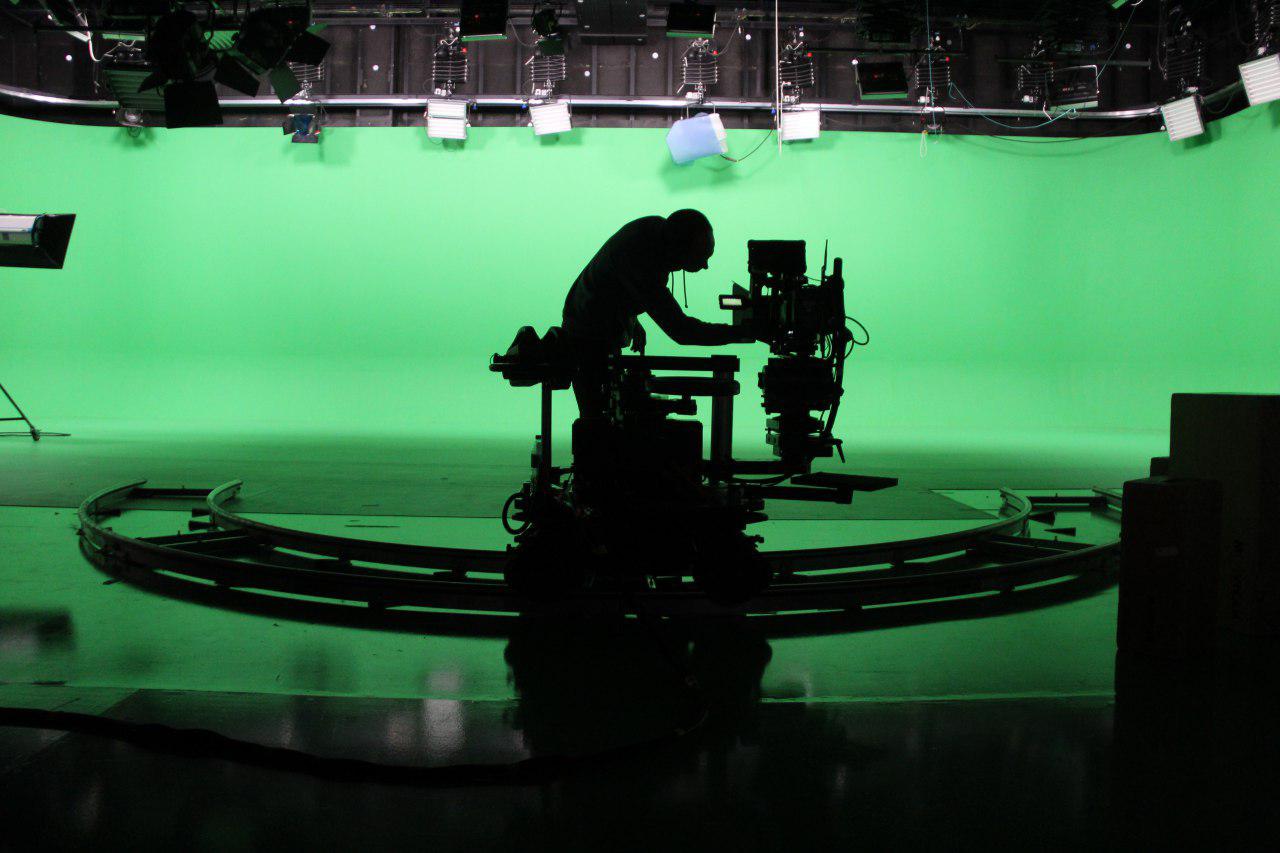
Can you explain what OSF offers? You’re a rental house as well as a consultant and systems integrator for productions wanting to work with virtual sets, plus you have your own virtual set space in various locations. Could you break it down for us?
On-Set Facilities started as a hardware technology company building computer systems for virtual production. We then developed OSFX which is our on-set computing platform. We offer the studios and production companies that we work with, an annual consultancy and virtual production technical support SLA.
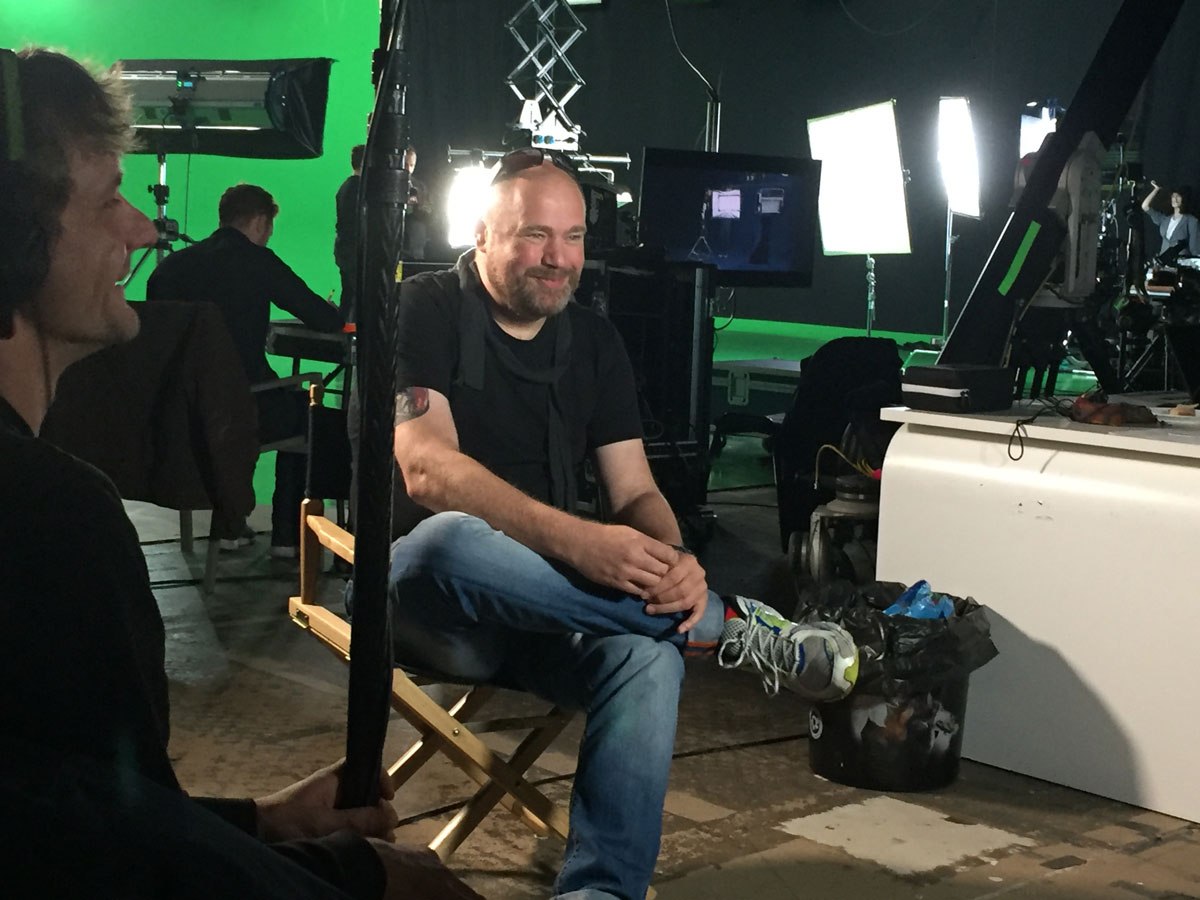
As well as our hardware, we have our engineers and crew who are trained in operating most professional VP systems.
Today our products and support teams can be found powering virtual sets and studios around the world. We also work closely with our manufacturing partners that include Arri Systems Group, Brompton Technology, Roe Visual, Mo-Sys and Ncam.
What’s the technical setup for the virtual production studio at OSF?
We have a wide range of technologies at our Lab in North Wales. For camera tracking we have Mo-Sys and Ncam primarily. For LED we use Roe Visual for our in-camera LED FX with Brompton processors and we use Arri fixtures off camera.
“We have points of access to our StormCloud virtual production network in London and San Francisco and we’ve seen round trip ping speeds of up to 20ms between our studios. With these speeds it is possible to run real-time collaborative scouting sessions and even shoot in the cloud.”
ASA BAILEY, VIRTUAL PRODUCTION DIRECTOR, ON-SET FACILITIES
For our cameras systems, we integrate with all the top brands into our VP simulcam systems including: Arri, Red, Sony, BMD. As for computer systems, we take our own Godbox media server on-set, and we design the rest of our virtual production systems integrating OSFX, Mo-Sys and Blackmagic.
What sort of work have you seen come through the doors at OSF?
In terms of production work, it is mostly on-set VFX previs using our simulcam systems with LED stages. But the majority of the work we do is actually in designing virtual production systems for VFX houses, producers, directors etc. We also support a growing number of studios globally via our SLA support business.
In recent months we have seen an increase in our production work too, so much so that we have established OSF Creative, a division to represent our growing stable of talent, that sits at the center of our business.
What will be the demand for virtual production as the industry adapts to working under Covid-safety procedures, for instance as a way of shooting photoreal exteriors without having cast and crew on location?
Smaller crews and dispersed production between remote virtual studios – this is where virtual production will help. You can have an interview filmed between locations in different countries at OSF since we are shooting in the cloud. Using high-speed networks and game engines it’s possible to start a production server and have your crew join you from anywhere. All of this has obvious advantages during such times as a pandemic.

What advances are you seeing in LED screens in terms of affordability, pixel pitch and flexibility?
In the OSF Lab Studio we use LED in two ways, in-camera and off-camera. In camera LED is crazy expensive and we use a fine pitch (less than 2.8mm), but off-camera LED is more flexible in resolution and cost where we may use up to 5mm pitch and indeed use curves or flexible LED to shape the light.
Are new skillsets needed by filmmakers to get the most out of virtual production technology?
The virtual production crew is a new thing for most sets outside of Hollywood, where it was the domain of the pre-viz or VFX vendor. So, there is some level of experience in the industry, but we need more skilled VP crew.
We are looking for people with Unreal Engine, Unity development experience, VFX generalists to Assistant Camera People and programmers.
Virtual production clearly offers filmmakers the chance to create exotic environments in-camera without the full cast and crew having to go to those locations. But, on the virtual production set, what are some of the precautions that continue to need to be followed under Covid?
We maintain social distancing rules and we use PPE equipment. Also, our virtual production crews are very small. In the boxing demo, we had just four people on-set. We also have a number of production bubbles, small groups that we work with regularly, either face to face in a studio, or remotely over the cloud.
How do filmmakers make use of the virtual production studio — is all the equipment there ready to use? Can they bring their own setups too, or parts of their own setup?
We know plenty of LED studios that are available to hire on a day basis. Some have equipment and some crew ready to shoot. Or you hire a virtual production crew who will bring their own VP gear on-set. To hire a virtual production facility or bring on a virtual production crew it is a choice, and it depends on the production. Producers and directors can use VP for their whole production, or they can use it to for pick-ups to edit in with traditionally filmed footage.
Does OSF have fast broadband links between facilities on both sides of the Atlantic for use during production?
Yes. We have points of access to our StormCloud virtual production network in London and San Francisco and we’ve seen round trip ping speeds of up to 20ms between our studios. With these speeds it is possible to run real-time collaborative scouting sessions and even shoot in the cloud.
We also recently opened a showroom in Venice Beach, CA fitted out with the latest VP tech, to assist potential virtual production studio owners, directors, cinematographers and producers to get their hands on and test the very best in real-time virtual production technology. It is hosted by Darnell Williams who is himself a veteran of the VFX industry having previously been the Director of Motion Capture at Digital Domain and the Mo-Cap Supervisor who gave us TED, Mark Wahlberg’s cuddly, yet crude, fully animated best buddy.


